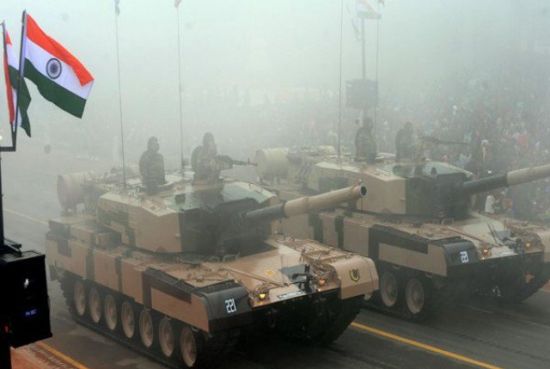 |
| By Jawad Akram |
The Sino-Indian war of 1962, which resulted in India’s humiliating defeat, was conceded by then Brigadier John Dalvi as the ‘Himalayan blunder’. During the war, Dalvi was the commander of the Indian seventh Brigade, which after the defeat led to his capture by the People’s Liberation Army (PLA) of China on Oct 22nd 1962. In his book The Himalayan Blunder, Dalvi openly narrated the causes that led to the shameful defeat of India. And with no end in sight, the current tensions between India and China in the Bhutan tri-junction may repeat history.
The row between Beijing and New Delhi began in June when China tried to construct a road in its disputed area with Bhutan, the Doklam Plateau in Tibet, which doesn’t have any land contact with India. Delhi, however, perceived this as an unacceptable change to the status quo with potentially serious strategic ramifications, leading to the Indian army trespassing into the area. No bullets were fired but the Indian army stopped China from building the road. It is a strange coincidence that the main pretext of the Sino-Indian 1962 war was also on the issue of a disputed Himalayan border and one of the triggers was a road construction in Aksai Chin. The two countries have around 3,488-km-long common border, most of which is disputed amongst them.
According to India, it intervened at Thimphu’s request. New Delhi is not willing to leave the territory, while Beijing has set a precondition for dialogue that Indian troops must leave the area. In an article in the Global Times, Long Xingchun, an analyst at the Chinese think tank and the director of the Centre for Indian Studies at China West Normal University, criticised India’s move. “Even if India were requested to defend Bhutan’s territory, this could only be limited to its established territory, not the disputed area. Otherwise, under India’s logic, if the Pakistani government requests, a third country’s army can enter the area disputed by India and Pakistan, including India-occupied Kashmir,” said Xingchun.
China has made it clear that there is no room for negotiations and its foreign policy is reflected in the reporting of its official press agency, Xinhua News Agency. The agency in its recent commentary said that India could face “embarrassment” if it does not withdraw its troops and the situation could get “worse”. In fact, the row took another dimension when Xinhua News Agency’s commentary brought the Ladakh region into the discussion. It said, “India should not regard the existing situation as the same as or even similar to the previous two standoffs in 2013 and 2014 near Ladakh, a disputed area between China, Pakistan and India in southeastern Kashmir. Diplomatic efforts led the troop’s frictions there to a well-arranged end. But this time it is a totally different case.” It is rare for China to call Ladakh a “disputed” region and make a reference to Kashmir.
Though Indian Foreign Minister Sushma Swaraj claimed that the border standoff between India and China has not escalated further, amid the ongoing row with the Indian army in Doklam, China held an 11-hour military drill close to the borders of Arunachal Pradesh. With China flexing muscles, the Indian army also test fires howitzer guns at Pokhran.
With fears of a military conflict mounting between the two nuclear-armed neighbours, if India stubbornly adheres to its current stance, then it may have to face a second episode of the ‘Himalayan blunder’, which will be worrisome for the whole South Asian region, including Pakistan.









No comments:
Post a Comment